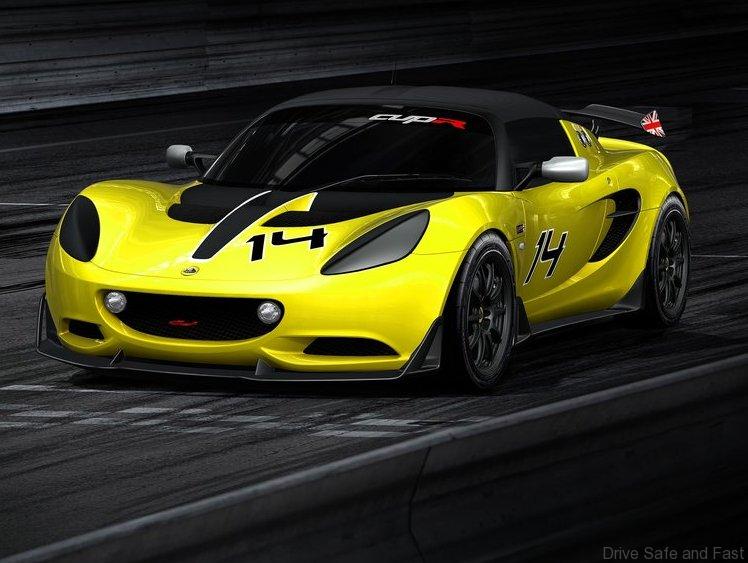Lotus launched the first-generation Elise back in 1996 in some markets, and at the time its extruded and bonded aluminum chassis was on the cutting edge. It weighed very little, contributing to the car’s 1,600-lb curb weight, but proved race-car strong and highly adaptable.
Lightweight technology has moved on these days, and so has Lotus. The company is now investigating the benefits of titanium for various automotive componentry, including stiffer and lighter subframes. Lotus has brought down the weight of a subframe on the Exige S by 36 percent, yet stiffness has risen by a fifth. So far, titanium’s use has been limited in automotive applications, due to its cost. It’s also difficult to “treat” for different purposes, as it’s chemically neutral.
The benefits are clear though: It’s as strong as steel, but under half the weight. Lotus’s experiments with the Exige S subframe dropped weight from 110 lbs to 70.5 lbs, quite a significant saving in a car that already weighs so little. The stiffness increases also have positive results, reducing vibration and increasing the car’s stability. Corrosion properties are comparable to steel, while experimentation with different adhesives has resulted in a joining process of equal strength.
Lotus, which unveiled the new subframe at the Niche Vehicle Symposium event in the U.K., is incorporating the technology into a prototype vehicle with road trials beginning soon. Any production use is likely to hinge on these trials, and given titanium’s cost we’d expect it to be reserved for higher-end products like the Exige S and Evora, rather than the entry-level Elise. If the trials are successful, we could see the Lotus light weight philosophy taken to a whole new level.




